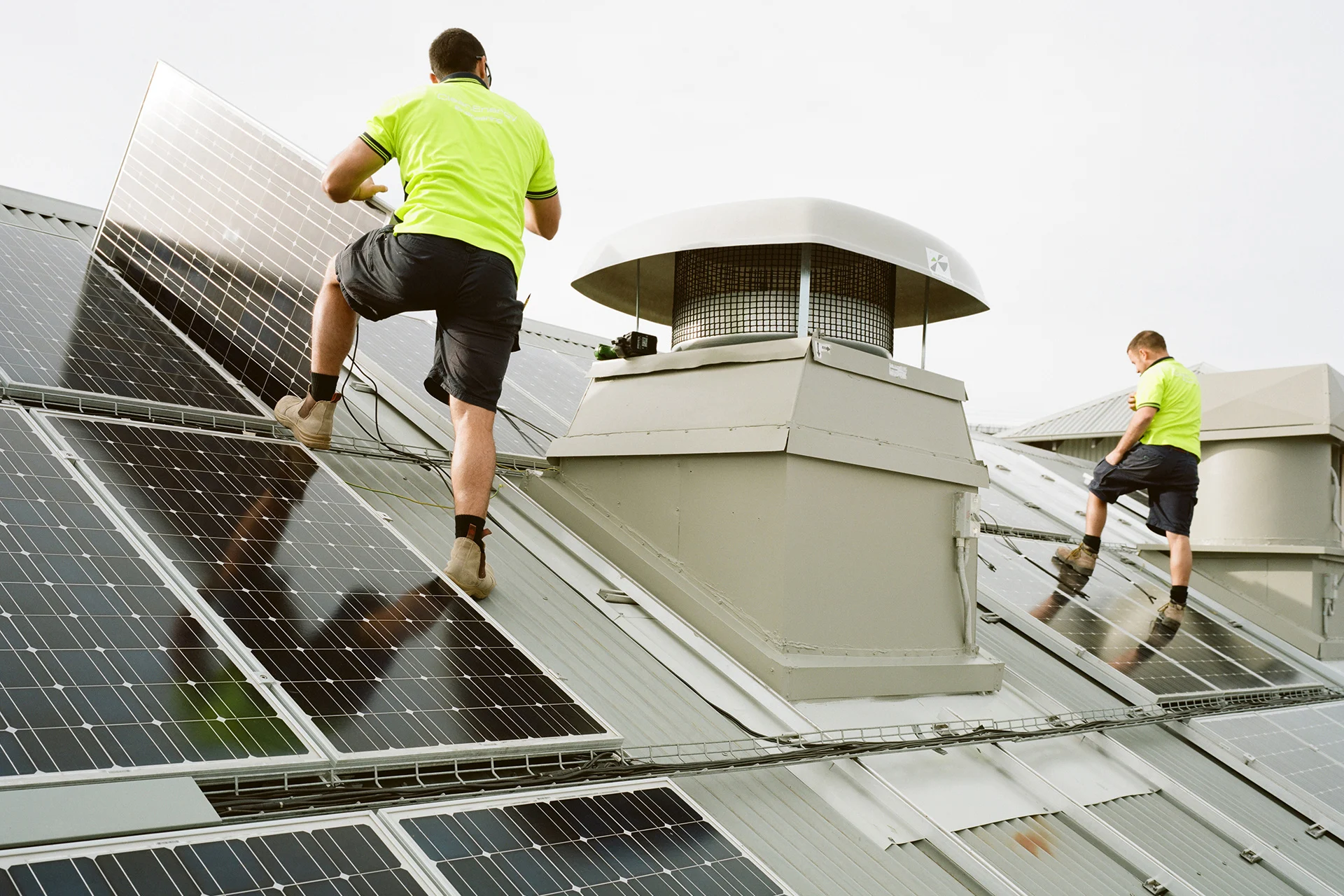
Canada's pandemic relief budget includes $17.6 billion to fight climate change
The new federal budget has a commitment of over $6 billion in financial support and tax breaks for high-emitting sectors.
Canada’s pandemic recovery budget announced April 19 proposes to spend $17.6 billion dedicated to climate and environmental initiatives, including offering up to $40,000 in interest-free loans for homeowners doing energy retrofits.
International organizations including the United Nations have called on countries to make sure their economic recoveries are green to substantially reduce carbon emissions. New spending in Canada’s budget totals $101 billion over three years or $33.7 billion a year. The $17.6 billion in green spending is over seven years equal to $2.5 billion a year.
The budget claims this green spending will enable Canada to reduce emissions to 36 per cent below 2005 levels by 2030. It also hints at more “additional action.” An announcement about increasing Canada’s climate target is expected later this week during President Biden's Earth Day Leaders Summit on Climate.
“When people look back on 2021, they’re going to say this is the year when the world pivoted to a green economy, and Canada has to be there,” Finance Minister Chrystia Freeland told reporters before tabling the budget on Monday.
While the new budget is widely considered a positive step on the path to eliminating Canada’s carbon emissions, for some it does not match the scale of the challenge or what the US is proposing under the Biden administration.

Credit: Michael Hall. Getty Images.
“It’s a good positive step, consistent with other steps the government has recently made towards a low-carbon future,” says Merran Smith, executive director at Clean Energy Canada.
Smith told The Weather Network that the budget has strategic investments to support the clean-tech sector where Canada could be a world-leader. There is $5 billion, in addition to an existing $3 billion, over seven years for the Net Zero Accelerator to help decarbonize heavy industry and support clean technologies.
“We have the minerals needed and a largely fossil-fuel electricity generation to be able to produce greener batteries for electric vehicles for example.”
Canada still needs to do more to corral its two biggest carbon emitting sectors: the oil and gas industry and transportation.
On transportation, working with the U.S. to boost fuel efficiency standards will help, Smith says. In addition, Canada needs a mandate requiring automakers to sell a set number of zero emission vehicles as is currently done in British Columbia and Quebec. “Electric vehicles aren’t readily available in other provinces.”
Emissions from the oil and gas sector continue to grow and with the industry intending to increase production it will be up to the government to address this, she says.
The $17.6 billion for a green recovery over seven years is historic for Canada, acknowledges Julia Levin, Climate and Energy Program Manager at Environmental Defence Canada. However, a level of investment comparable to what the U.S. is preparing to do would translate into $500-$600 billion over the same period, Levin said in an interview.
“Canada is not done well when it comes to climate action,” Levin says. Emissions in 2019 increased two million tons from the previous year, part of a consistent pattern of increases “driven primarily by increased emissions from oil and gas extraction as well as transport,” according to the Federal government.
The budget does have a new commitment of more than $6 billion in financial support and new tax breaks for high-emitting sectors, including oil and gas. Some of that money needs to support the winding down the oil and gas sector, not keep it going, she says.
Both Levin and Smith agree the $30 billion over the next five years to boost a Canada-wide early learning and child care system is a crucial part of a green and just economic recovery.
Other green budget highlights include:
$1 billion available over five years to help draw in private sector investment and help scale up large-scale clean technology projects.
$778.7 million over five years to help homeowners complete deep home retrofits through interest-free loans worth up to $40,000.
A nearly $500 million reinvestment in the Chemicals Management Plan to improve management of toxic chemicals.
To raise $5 billion in an inaugural green bond to encourage investors to fund green infrastructure, clean tech innovations, nature conservation.











